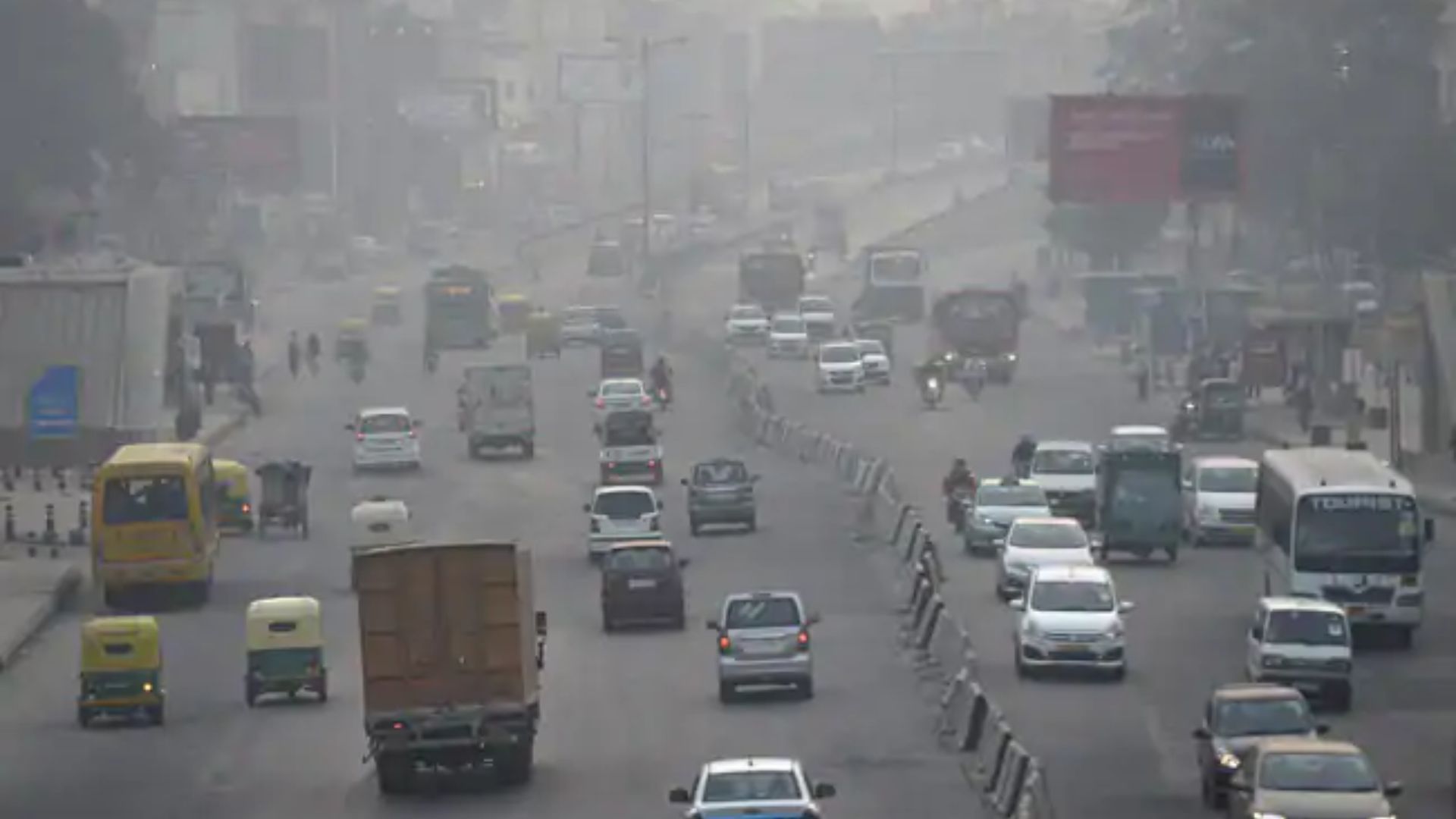
This morning on Wednesday, the National Capital’s air quality index is still classified as “poor.” The AQI values at 7 a.m. in Ashok Vihar and the Alipur area were 288 and 260, respectively, indicating “poor” air quality, according to official data. 184, or “moderate,” was the AQI recorded by Aya Nagar in the ITO Delhi, while 381 for the ITO Delhi, or “very poor,” was the AQI. The Indira Gandhi International Airport (T3) also had an AQI of 232, which is considered “poor.”
The air pollution in the National Capital had improved slightly on Tuesday morning following light rainfall in several parts of the Delhi-National Capital Region on Monday.
The air quality index from 0 to 100 is considered ‘good’, 100 to 200 ‘moderate’, 200 to 300 ‘poor’, 300 to 400 ‘very poor’ and from 400 to 500 or above ‘severe’.
Meanwhile,Delhi Environment Minister Gopal Rai on Tuesday advised citizens to remain cautious, although the air quality improved after the rain on Monday.
According to Gopal Rai, the minister of the environment in Delhi, “A few days ago, Delhi’s AQI had risen to the ‘Severe’ category. The city saw some light rain on Monday, which has improved the pollution situation. The variation will continue. I ask everyone in Delhi and the NCR to exercise caution.” Gopal Rai went on to say that although stubble burning had stopped in Punjab, the NCR region’s activities were still significantly affecting pollution at the time.